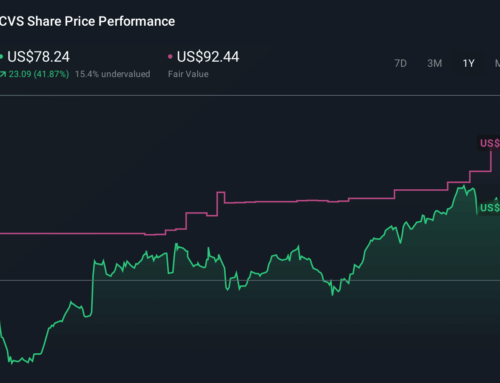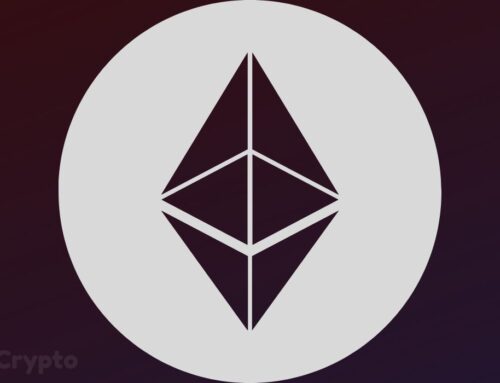Solar market shifts in Europe could give the industry a break
May 22, 2025

There has been little light relief for European manufacturers of solar panels over the past few years. A glut of cheap Chinese solar panels triggered a flurry of factory closures, bankruptcies and downsizing as the bloc’s domestic companies struggled to compete.
But now, an increased focus on ethics and local procurement in the solar industry has sparked hopes that price may no longer be the defining factor when solar developers choose suppliers.
UK ministers said in April that Britain’s state-owned energy company would be forced to make sure it doesn’t use any solar panels linked to Chinese forced labour. In 2024, about a fifth of the world’s polysilicon was produced in China’s Xinjiang region, where western governments have alleged human rights abuses of the Uyghur community. Such initiatives might force some European project developers to consider sourcing from domestic solar panel manufacturers.
Further help should come courtesy of the EU Net Zero Industry Act. Formally cleared last year, this will require public authorities to consider other criteria, such as supply chain resilience, when procuring clean technologies through auctions and the like. There are also calls for authorities to ‘buy European’ when sourcing, say, rooftop panels for hospitals and public buildings.
Domestic clean technology companies struggle to compete on price. But when other factors are introduced, they have a fighting chance. In solar, the regulations could potentially create a market for products that meet resilience requirements of up 9 gigawatts of capacity as early as 2026, reckons trade body SolarPower Europe. On top of that, solar installations on public rooftops will grow over time.

Of course this all smacks of stable doors and horses already having bolted. The EU was the world’s biggest solar power manufacturer in the early 2000s but long ago lost its edge to China. In 2023, Chinese-headquartered companies produced 84 per cent of the world’s solar modules and 92 per cent of solar cells, according to BloombergNEF.
As things stand, the ‘resilience market’ created by new EU regulations would represent less than 14 per cent of the solar capacity added in the bloc last year. There are no guarantees that all of that will go to domestic suppliers. Panels made in countries such as India could potentially also qualify as they would not be sourced from the overwhelming global market leader.
Meanwhile, Chinese-made panels are still dirt cheap at about $0.09 per watt, on BloombergNEF data, down from $1/watt at the start of 2012. A focus on ethics and resilience will not a bright summer make. It may, though, take the edge off the Europeans’ ghoulish pallor.
Search
RECENT PRESS RELEASES
Related Post


